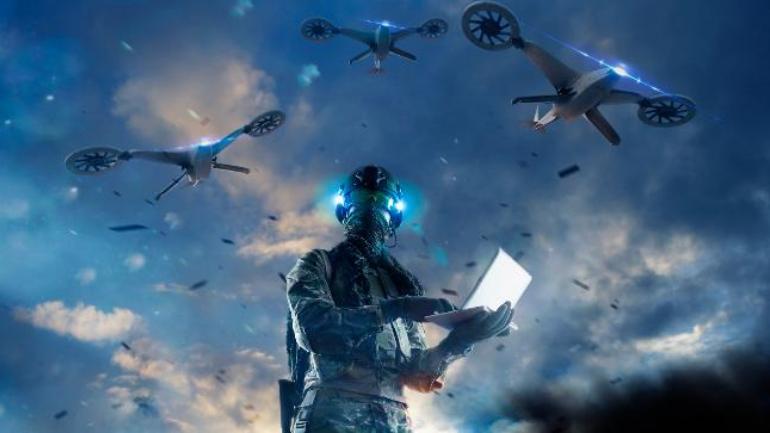
Artificial Intelligence: Imperatives for India’s Defence
Thu, 17 Dec 2020 | Reading Time: 8 minutes

Artificial Intelligence (AI) has come to dominate the discourse of military strategists in the aftermath of the recently concluded war between Armenia and Azerbaijan in Central Asia. The 44 days conflict over the contested Nagorno-Karabakh region, in which Azerbaijan prevailed, was remarkable in the way Azerbaijan’s unmanned aerial vehicles (UAVs) or drones dominated the conventional ground forces of the Armenians, inflicting crippling losses. The use of cheap yet lethal drones to define and dominate the battlespace, undermining mechanised forces demonstrates a shift in conventional warfare with wide-ranging implications. India cannot afford to ignore these.
Briefly, this war revealed the rapidity with which Azerbaijan integrated drones into their Forces, adapted their concepts of attacking conventional land forces, especially mechanized and artillery, and modified operational strategy on the ground. Among the many lessons that can be derived are the cost-effective deployment of relatively much cheaper drones as loitering weapons for success with a much lower collateral price of war (Azerbaijan’s losses have been estimated at 1/6th of Armenia’s). Armenian losses in the war are estimated to include 185 tanks of which 115 were destroyed, including 52 T72 A tanks, 45 armoured vehicles, 44 infantry vehicles, 147 towed artillery guns and 19 self-propelled artillery guns, 72 multi-barrel rocket launchers and 12 radars. While the use of drones has underscored the effectiveness of precision-guided munitions delivered through access to tactical aviation, it also exposes the vulnerabilities of sophisticated (and more expensive) traditional weapon systems and platforms. As technology pushes the boundaries of warfare, the role of AI as a ‘hot’ technology poses challenges that necessitate quicker decisions based on a fusion of human and battlefield intelligence that drive autonomous systems to conduct missions. Technology that enables imagery, sensors, precision and lethality to act in concert will drive weaponry sooner than may have been imagined.
The application of AI in defence constitutes a disruption of far-reaching implications. It will impact military concepts, strategic as well as tactical, and in organizational terms driving rigid military hierarchies to adapt to the needs of rapid responses in air and land by redefining their processes of decision making and command and control at strategic and tactical levels. It will impact budgeting and resource allocation as AI presents cost-effective options with greater optimisation of resources. As the Ministry of Defence pushes ahead with its military reforms through a Chief of Defence Staff, tri-Service Commands, theaterization at the tactical level, and modernization of forces through a new Defence Acquisition Procedure (DAP) and the Make in India/Atmanirbhar initiative, what are the imperatives for India?
Application of AI in the defence sector is not limited to the use of battlefield drones alone, although they provide an interesting case study. Drones, both surveillance and armed, have long been used by the USA in Iraq and Afghanistan. Both High Altitude Long Endurance (HALE) and Medium Altitude Long Endurance (MALE) types of UAVs are proven military technologies. India’s capabilities in defence related AI include a wide range of robotics for ground operations and surveillance UAVs. It has UAV technology developed indigenously by DRDO and domestically manufactured. Apart from the UAVs developed by the Defence Research and Development Organization (DRDO), such as Rustom, it also has the Israeli Heron and Harop II in its fleet.
The DDP’s Innovation for Defence Excellence (IDeX) is an initiative that seeks to bridge the gap between the Services and the private industry. It has worked on a ‘challenge’ system that identifies a problem and then works towards an innovative solution. It has primarily worked with academia and start-ups so far with limited success and needs to scale its work beyond the present confines. However, AI has to be interpreted as a capability beyond robotics, machine learning and data analysis. It needs to be viewed as a disruptive technology that will change the way defence manufacturing and aerospace industry will transform itself. Also, the manner in which the defence and private industry interface work currently. With a revenue base estimated at approximately USD 180 million and 30,000 AI professionals in India, there is no reason for OEMs not to provide technology-based solutions of the kind that Turkey has been able to develop.
With various foundational agreements with the USA now in place, acquisition of the Predator class of UAVs is also on the anvil. The new DAP also provides for leasing of military equipment which offers additional options. The challenge is for the defence aerospace sector to respond. The contactless military capability will require the development of sensors, image resolution and recognition, laser targeting technologies (or their acquisition) and integration of these capabilities with intelligence-based decision making systems to ensure precision execution. From raw materials for silicon-based sensors and electronics as well as new, ‘stealth’ materials, an entire ecosystem around these technologies will have to be built. Shorter and simulator-based training cycles will be essential to support rapid induction. An aggressive defence manufacturing approach focussed on these key domain areas will be necessary.
Defence PSUs such as Hindustan Aeronautical Ltd (HAL) and Bharat Electronics Ltd (BEL) would not alone be capable of these deliverables. Working in association with the private sector will be crucial. The DDP and the DRDO will need to take a lead in ensuring this. DRDO has tested the multi-mission UAV (Tapas-BH) for intelligence, surveillance and reconnaissance (ISR) roles but can also carry electro-optic and Synthetic Aperture Radar (SO & SAR) payloads. Tapas-BH is a MALE and can be used to supplement the existing UAV fleet. Anti UAV Laser Weapons (AULW) are also being developed as an anti UAV weapon system using 10kW power. DRDO’s Rustom II is in the works as an indigenous equivalent to the US Predator.
A more aggressive AI partnership programme with private industry and technology acquisition from countries such as Israel needs to be instituted on priority. Development of ground control platforms and radar/electronic signature seeking weapons would be essential. A technology infusion approach must be robustly pursued with necessary safeguards for IPR protection to enable OEMs to be forthcoming. The Turkish approach of collaboration with Canada for the Bayraktar drones with 55 kg payloads is key learning in this regard.
As a ‘strategic partner’, the USA must be prevailed upon to nudge OEMs to work collaboratively. India’s elevation to a Strategic Trade Authorization (Tier I) status for military technology transfers under the Direct Commercial Sales (DCS) system must be leveraged strategically. Under the Defence Technology & Trade Initiative (DTTI) which witnessed progress on the eve of the 2+2 Dialogue in Washington DC in December 2019, military electronics, laser, imaging and guidance systems had been identified as areas of future collaboration at the industry level along with air-launched small UAV systems, including intelligence, surveillance, target acquisition and reconnaissance payloads. With a new administration in the USA due in January 2021, we must work with them to ratchet up the relationship beyond purchases and intelligence sharing to actual technology transfers for manufacture in India.
There are other possibilities too. Non-combatant driven AI capabilities can open up new streams of engagement of women in the armed forces, something that the PM announced from the ramparts of the Red Fort in August 2018 and on which the Army has only made a cautious start. It can enable the induction of women into combatant roles removed from actual theatres of conflict in roles requiring technical expertise of image interpretation, operation of armed drones and surveillance monitoring.
The success of the drones in the Azerbaijan-Armenia conflict will undisputedly spur other sectors of AI in the battlefield. Non-combatant manned armoured vehicles which can be deployed and fired from afar may become a reality too in land-based conflicts. The USA had already declared its intention in 2001 to have one-third of its operational ground combat vehicles unmanned by 2015 and has committed a USD 4 billion budget in 2020 with USD 1.6 billion earmarked for 222 AI related R&D projects. China has launched a ‘New Generation AI Development Plan’ in 2017 with a deadline of 2030, and identifiable milestones by 2020.
India’s defence AI plan, in comparison, would appear fledgeling and require sharper focus. The Niti Aayog issued a Discussion Paper in June 2018 on a ‘National Strategy for Artificial Intelligence’ which is significantly silent on defence applications. This is probably because the Ministry of Defence had separately commissioned a Task Force on AI in Defence in February 2018. The Committee headed by N Chandrashekharan of Tata Sons submitted its report in June 2018. Its focus, however, was largely on defence manufacturing and its recommendations, inter alia, included dual-use technologies and using the challenge system to identify military problems for which innovative solutions could be sourced. While some movement has now taken place in this direction, there is much more to be done. Manufacture of robots such as wheeled robots, snake robots or legged robots and remotely operated vehicles (ROVs) or application of robotics on the shop floor are basic applications. There is a need to scale up exponentially.
A key imperative in adopting AI in defence will be the reallocation of scarce financial resources. While investments in R&D related to AI will need to be stepped up, necessitating higher budgetary support, including but not limited to DRDO labs such as the Centre for Artificial Intelligence & Robotics (CAIR) alone, long term acquisition plans will need to be suitably revisited to provide for capabilities such as drones and loitering munitions and drone swarms that deliver lethal munitions with more precision and at a much lower cost. A suitable defence strategy for such weapon systems will also be an inevitable necessity. There will be the need to reallocate and rebuild strategies rather than get into the familiar demands for additional resources which will require a collaborative effort by the Services. The disruptive impact of AI in defence will also impact purchases from countries like the USA and Russia, even to the extent of inter se reallocation between Services and within them. There is a need to concentrate on smart munitions and to push for the transfer of technology to promote the Make in India approach. Recent amendments to Offsets will need to be proactively directed in this direction. Presently the offset implementation, which is far below expectation, is with DDP while contract negotiation for purchases under which offsets are mandated is with the Director General (Acquisitions) under the Department of Defence. It would make more sense for the implementation to also be under the DG (Acqn) to ensure effective monitoring.
There is an urgent need to appoint a Task Force that will focus on the likely challenges in the immediate neighbourhood from potential adversaries like Pakistan and China and to come up with recommendations that will give these efforts a sharper, time-bound focus on technologies that will deliver combat capabilities and recommend a roadmap to achieve it, by acquisition or import or leasing. This should pave the way for war-gaming and tactical responses in various theatres. These exercises in all likelihood would have commenced. The rapidity with which Turkey’s defence aerospace industry has developed the Bayraktar TB2 and Anka-S UAVs (done by two different OEMs) has been pointed out by most military observers of the conflict. Similarly, the pace at which the Azerbaijan defence forces inducted these drones into their arsenal involving training and strategic reorientation and deployed them is also a lesson for those who aspire similarly. From India’s perspective, Pakistan’s growing proximity to Turkey, especially after the waning of its ties with the Organization of Islamic Countries (OIC) and Saudi Arabia should be a cause of concern. US pressure had helped prevent the sale of attack helicopters by Turkey to Pakistan recently; with the freeze in US-Turkey relations over Syria, it is debatable whether the USA retains the leverage in case Pakistan seeks to purchase Turkish drones. Pakistan has used indigenously developed UCAVs in FATA and KPK in operation Radd al Fasad. It has also announced (2017) Project AZM to develop UAVs with more versatile capabilities.
Perhaps the Task Force in the Ministry of Defence will enable a coherence of efforts between the Department of Military Affairs (DMA), the DDP and the DRDO. It must focus on the short term deliverables that will help bring together R&D, manufacturing and operational needs while defining a road map for the future. The Task Force should also mandate a reassessment of existing organizational frameworks and recommend new structures to ensure the integration of AI. A Joint Intelligence Committee that is based only on AI inputs and responses to feeding into a response structure is a possibility. Human and technical intelligence must be fused in this set up through appropriate restructuring which need not necessarily entail fresh raisings and cumbersome approvals and budget support. As the creation of the three tri-Service Agencies in 2019 has shown, this is quite doable from within the existing resources.
The challenge, therefore, is not technological alone; the induction of AI-based operational and combat capabilities demand clarity in the chain of command and control, optimisation of roles and budgetary reallocation. Neither outdated armies nor concepts can fight new wars. The Armed Forces need to sink their traditional differences to make this happen. The creation of the Chief of Defence Staff was essentially due to the push from the highest levels in government. It has taken over two decades following the Kargil war for the Army to get a DG (Strategy) or Stratcom. The only Tri-Services Command, the Andaman & Nicobar Command, has faced innumerable intra-services issues. Apart from resistance to the establishment of new tri Services Commands, there has been considerable opposition even for tri-Service Agencies three of which were set up primarily due to the National Security Adviser monitoring its creation and a Defence Secretary putting his foot down. With a CDS now in place, one hopes that the objectives of integration of AI will be realized quickly and owned by the Services. Without this, the potential of AI as a strategic and tactical force multiplier would be a distant dream.
_____________
Disclaimer
The opinions expressed in this article are the author’s own and do not reflect the views of Chanakya Forum. All information provided in this article including timeliness, completeness, accuracy, suitability or validity of information referenced therein, is the sole responsibility of the author. www.chanakyaforum.com does not assume any responsibility for the same.
Chanakya Forum is now on . Click here to join our channel (@ChanakyaForum) and stay updated with the latest headlines and articles.
Important
We work round the clock to bring you the finest articles and updates from around the world. There is a team that works tirelessly to ensure that you have a seamless reading experience. But all this costs money. Please support us so that we keep doing what we do best. Happy Reading
Support Us




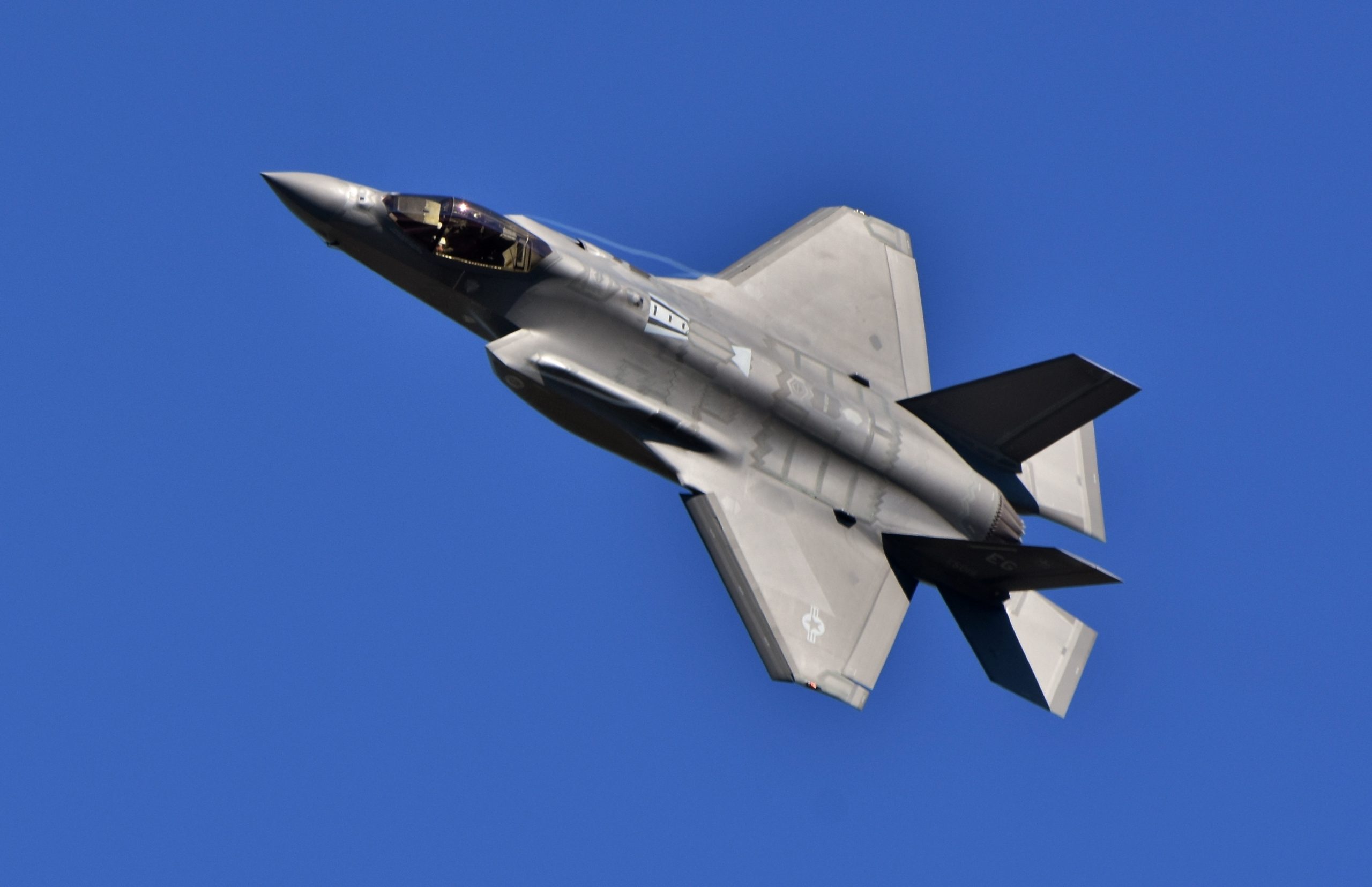
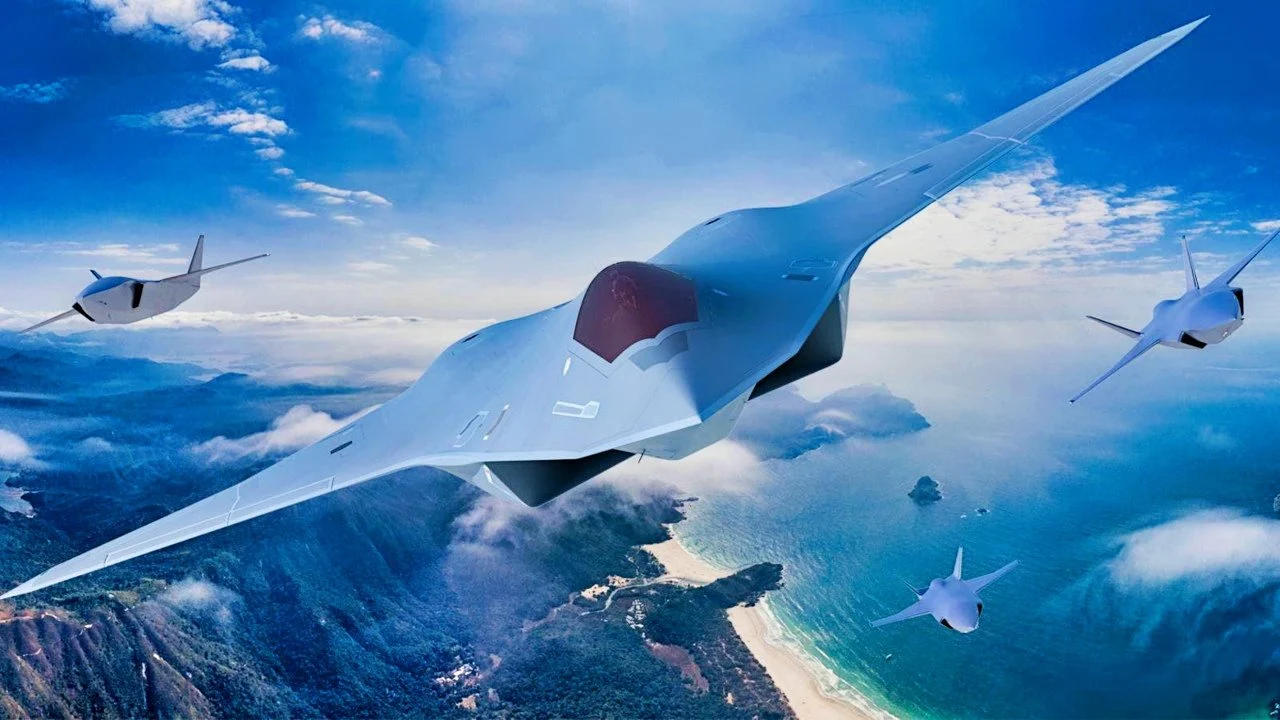




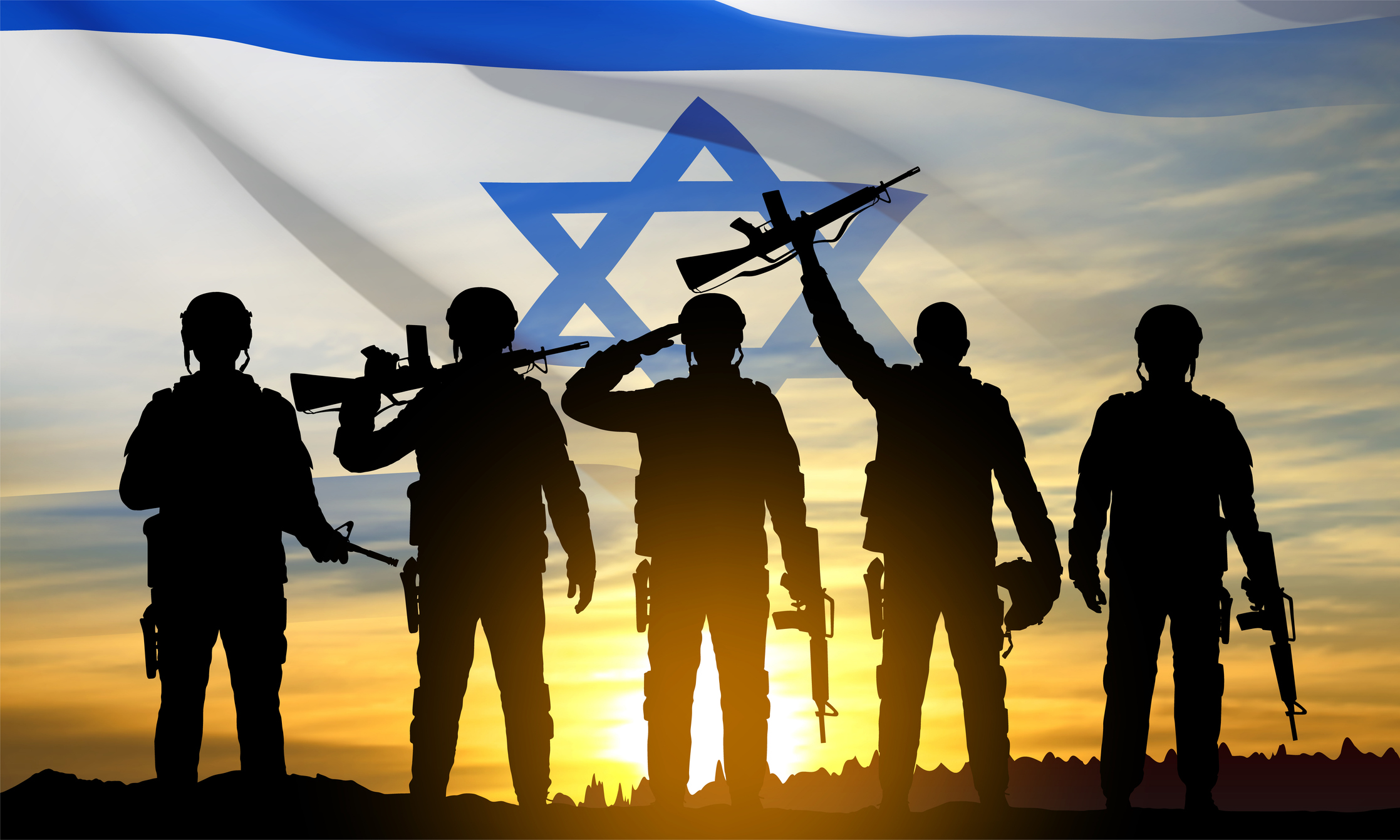

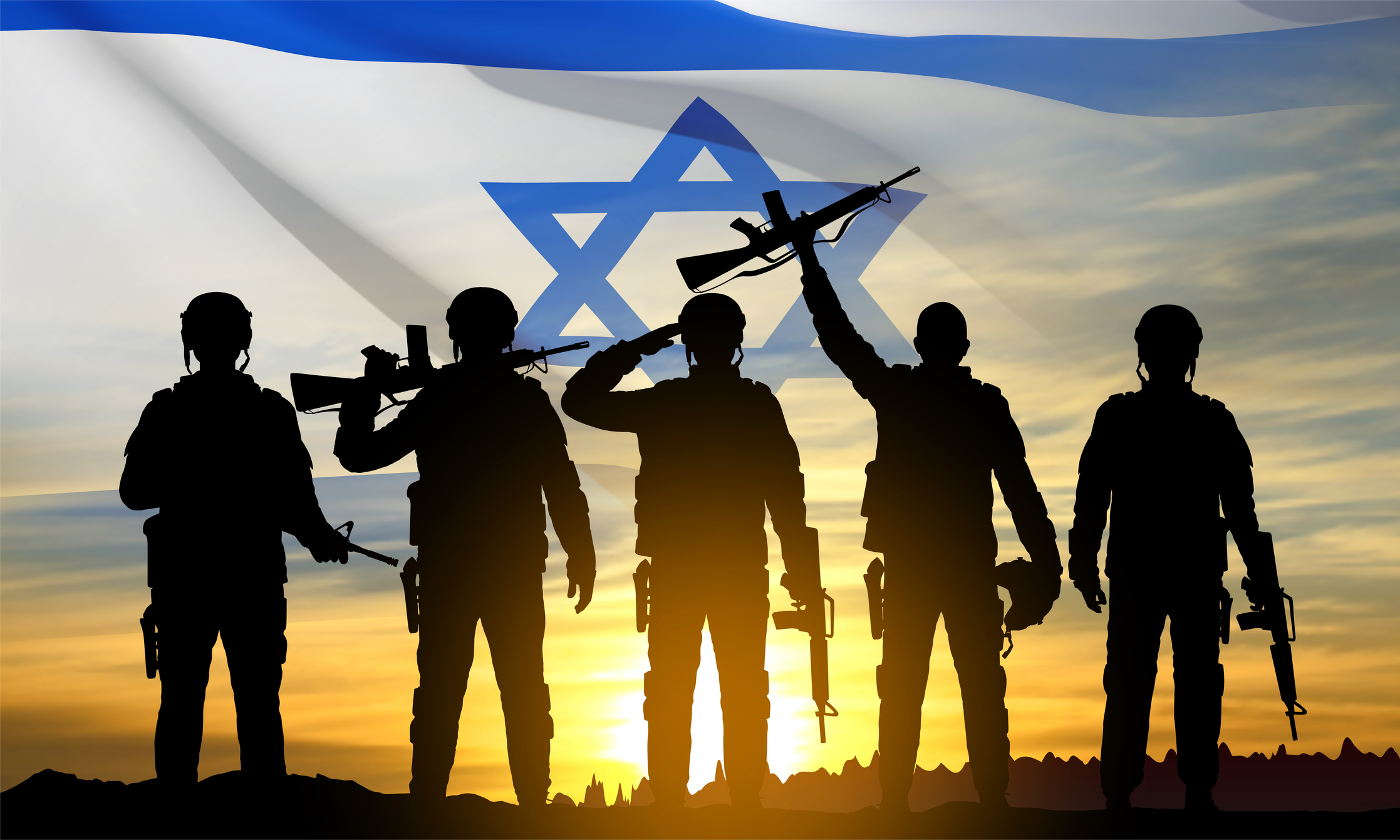
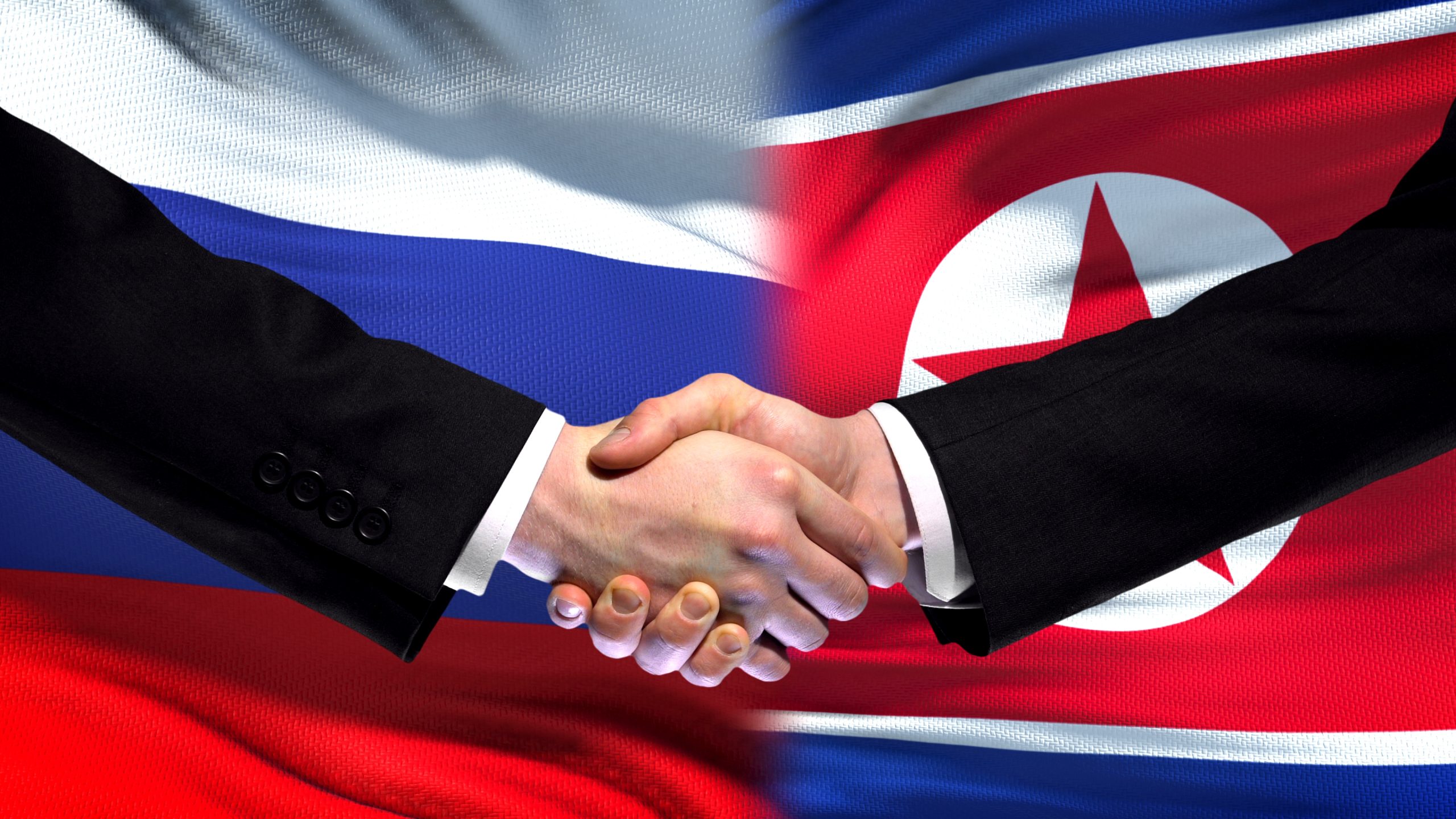






POST COMMENTS (0)